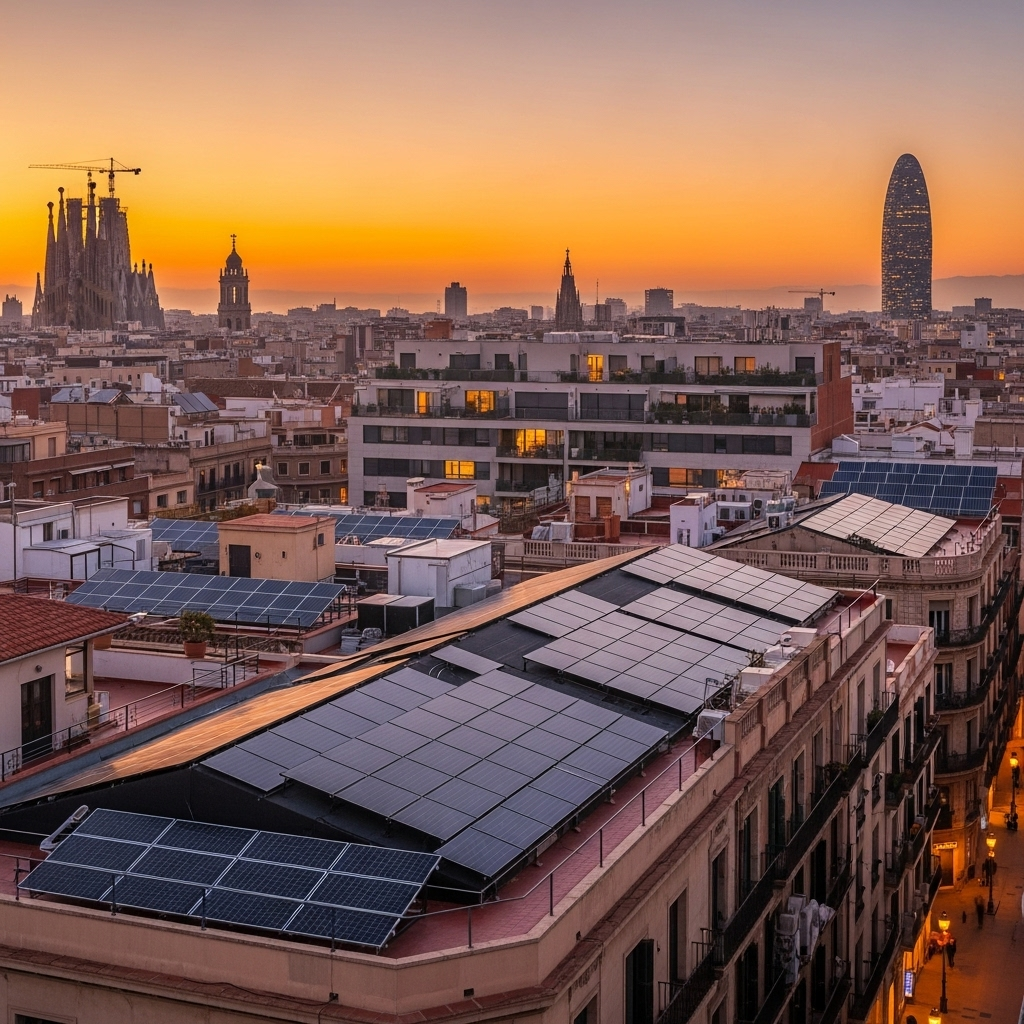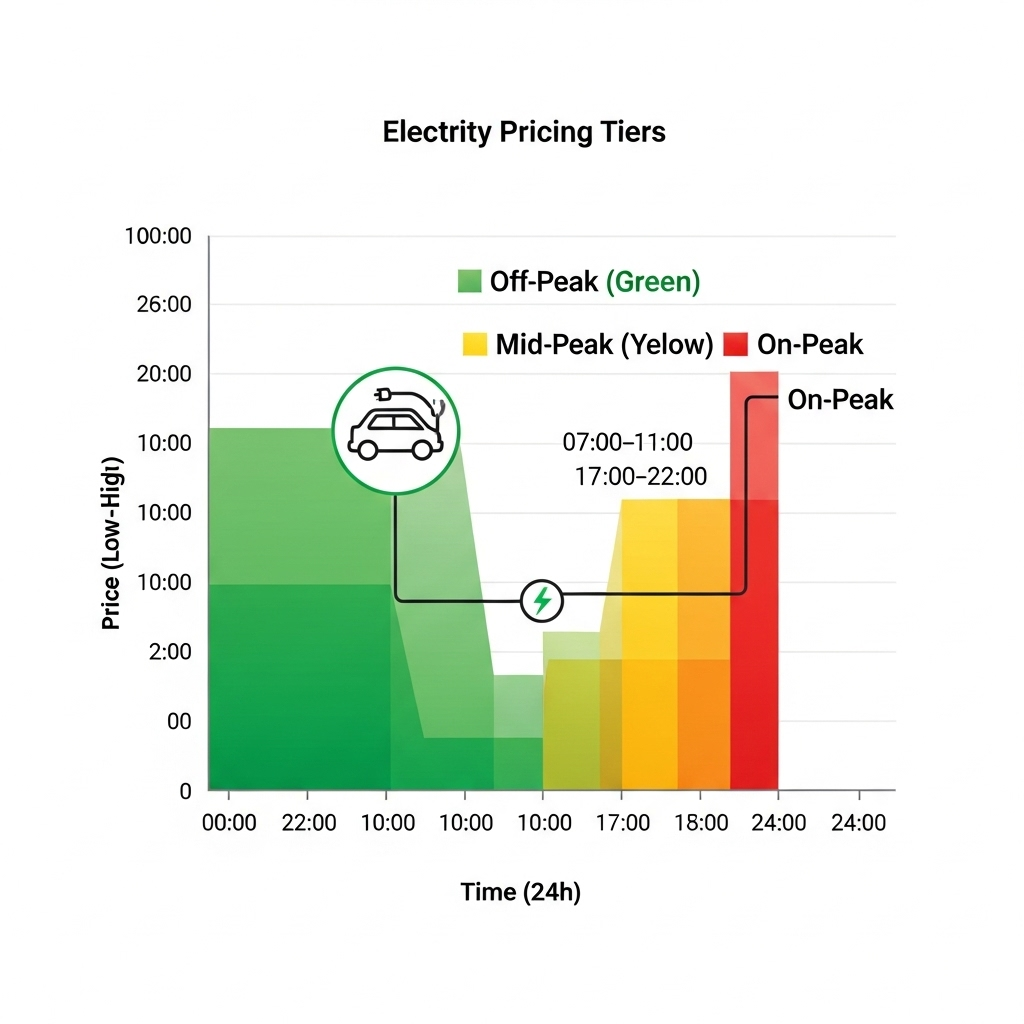The rapid adoption of electric vehicles (EVs) represents a significant shift in our transportation landscape. Yet, this transition brings a formidable challenge to our electricity infrastructure. For Distribution System Operators (DSOs), the prospect of millions of EVs plugging in simultaneously threatens to overwhelm local grids, creating an urgent need for new planning strategies. The central question is no longer if EVs will impact the grid, but how DSOs can proactively manage this new demand without resorting to expensive and slow-to-build traditional infrastructure.
The answer lies in a forward-thinking combination of smart policy, innovative technologies like Non-Wires Alternatives (NWAs), and integrated planning. By embracing these solutions, DSOs can transform the EV charging challenge into an opportunity to build a more resilient, flexible, and cost-effective grid for the future.
The Looming Challenge: How EV Adoption Strains Distribution Grids
The core of the problem is not just the amount of energy EVs consume, but the timing and location of that consumption. Understanding this dynamic is the first step for effective Distribution System Planning EV Integration.
The Nature of the Load Problem
When EV owners return home from work and plug in their vehicles, they create a 'load cluster'. This synchronized charging, typically between 6 PM and 9 PM, coincides with existing residential evening peaks. The result is a sharp, dramatic spike in electricity demand on local circuits. This can push transformers and distribution lines beyond their designed capacity, leading to accelerated aging of equipment, voltage sags, and, in worst-case scenarios, localized outages. The impact is most acute in dense residential areas where the existing infrastructure may already be operating close to its limits.
Beyond Simple Upgrades: The Limits of Traditional Planning
The conventional response to increased load is to upgrade the physical infrastructure—installing larger transformers, thicker cables, and new substations. While effective, this 'wires' approach is costly, disruptive, and slow. Permitting and construction for major grid upgrades can take years. As a study on global energy investment highlights, getting large projects approved and built is often a slow process, facing significant practical obstacles. According to the World Energy Investment 2023 report, long waiting times for permits are a major bottleneck for energy infrastructure development in both the United States and Europe. This makes traditional upgrades an impractical solution for the rapidly scaling EV market.
Policy as the Foundation for Smart EV Integration
Effective policy creates the framework within which technology and market forces can solve the EV charging dilemma. Without the right regulatory signals, even the most advanced solutions will struggle to gain traction.
Creating the Right Incentives: Tariffs and Market Design
The most direct policy tool is pricing. Time-of-Use (TOU) tariffs encourage customers to charge their EVs during off-peak hours, such as overnight, when electricity demand is low and generation (often from wind) is plentiful. Well-designed TOU rates can shift a significant portion of the EV load away from the evening peak, smoothing the demand curve. As noted in an Innovation Outlook: Smart charging for electric vehicles report, smart charging needs to be incentivized by appropriate market design and automated control to harness the synergies between EVs and renewables.
Mandating Integrated Planning
Silos between transportation and energy planning are no longer viable. Policymakers must encourage or mandate collaboration between DSOs, municipal governments, and transport authorities. This integrated approach ensures that charging infrastructure is deployed strategically, considering both traffic patterns and grid capacity. A report on the China Power System Transformation emphasizes that the electrification of transport will be a defining feature of power system evolution, requiring engagement between grid operators and transport planners. This coordinated effort helps prevent the installation of fast-charging hubs in areas with weak grid infrastructure.
Non-Wires Alternatives (NWAs): The Flexible Solution
Rather than building more poles and wires, NWAs use distributed energy resources (DERs) to solve localized grid constraints. For managing EV charging loads, they offer a faster, more scalable, and often more cost-effective solution.
The Crucial Role of Energy Storage Systems (ESS)
Battery energy storage is a cornerstone of the NWA strategy. Strategically placed ESS can absorb low-cost renewable energy during the day and discharge it during the evening to meet the EV charging peak. This not only alleviates stress on the local transformer but also improves the overall efficiency of the grid. The effectiveness of this approach depends on using high-performance batteries. Key metrics like a high Depth of Discharge (DoD) and excellent round-trip efficiency are critical. For a deeper analysis of these factors, the ultimate reference on solar storage performance provides detailed insights into why modern lithium iron phosphate (LiFePO4) batteries are well-suited for these demanding grid applications due to their long cycle life and safety profile.
Comparing NWAs with Traditional Upgrades
The advantages of using NWAs for DSO planning become clear when compared directly with traditional methods.
| Feature | Traditional Grid Upgrade (e.g., New Transformer) | Non-Wires Alternative (e.g., Battery Storage) |
|---|---|---|
| Deployment Time | 2-5 years | 6-18 months |
| Capital Cost | High, upfront | Modular, scalable |
| Flexibility | Low (fixed capacity) | High (dispatchable, provides ancillary services) |
| Target Area | Broad, upstream | Targeted, localized |
| Future Value | Single purpose | Multiple value streams (peak shaving, backup power) |
Demand Response and Smart Charging
Smart charging (V1G) programs, where utilities can dynamically adjust the charging rate of EVs in response to grid conditions, function as a powerful NWA. This turns EV fleets from a passive threat into an active, flexible resource. By slightly reducing charging speeds for thousands of vehicles for short periods, DSOs can effectively shave peaks without any noticeable impact on the vehicle owners. This requires customer participation, which can be encouraged through financial incentives and user-friendly applications.
Building a Future-Ready Grid: A Roadmap for DSOs
Transitioning to a new planning paradigm requires a clear and actionable roadmap. DSOs must move from a reactive to a proactive stance to stay ahead of the EV curve.
Develop a Flexibility Roadmap
A flexibility roadmap is a strategic plan that outlines how a DSO will meet future needs based on expected EV uptake and DER growth. This living document should be updated regularly and guide investments in both technology and policy reform. It helps ensure that investments in NWAs are made where they will deliver the most value. As one report suggests, DSOs will have to develop the right combination of non-wire alternatives, infrastructure planning, and customer engagement.
Invest in Data and Analytics
You cannot manage what you cannot measure. DSOs need to invest in advanced metering infrastructure (AMI), grid sensors, and data analytics platforms. This technology provides the real-time visibility needed to forecast load, identify potential congestion points, and dispatch NWAs like battery storage with precision. Granular data is the foundation of a truly smart and responsive distribution system.
Foster Customer Engagement
Ultimately, the success of many of these strategies depends on the customer. DSOs must design programs that are simple to understand and offer clear benefits. Whether it's a TOU rate that saves money or a smart charging app that provides a seamless experience, customer-centric design is key to unlocking the flexibility potential of residential EV charging.
Charting the Course for an Electrified Future
The rise of electric vehicles is not a crisis for DSOs but a catalyst for transformation. While unmanaged charging poses a real threat to grid stability, it also forces a necessary evolution away from slow and costly traditional planning. By embracing a holistic strategy that combines supportive policy, targeted NWA investments—particularly in energy storage—and a deep commitment to integrated planning, DSOs can successfully navigate this transition. This proactive approach will not only solve the EV charging challenge but also create a more decentralized, resilient, and efficient electricity grid for everyone.
Frequently Asked Questions
What is the biggest challenge EV charging poses to DSOs?
The biggest challenge is not the total energy consumption, but the clustering of charging demand into a narrow time window, typically in the early evening. This creates sharp power peaks that can overload local distribution equipment like transformers and feeders, which were not designed for such concentrated loads.
Are Non-Wires Alternatives a proven solution for managing grid strain?
Yes, NWAs are increasingly being deployed by utilities globally. Projects using battery storage, demand response, and energy efficiency have successfully deferred or replaced the need for billions of dollars in traditional infrastructure upgrades. They are a proven, cost-effective tool for managing localized grid congestion caused by factors like EV charging.
What is the difference between smart charging (V1G) and Vehicle-to-Grid (V2G)?
Smart charging, or V1G, involves adjusting the timing and rate of charging to benefit the grid (e.g., charging when power is cheap or abundant). The flow of energy is one-way: from the grid to the car. Vehicle-to-Grid (V2G) is more advanced and allows the EV's battery to discharge power back to the grid to provide services, making the car a mobile storage asset. V1G is widely available today, while V2G is still in pilot stages.
How can policy help integrate EVs into the grid?
Policy plays a critical role by creating the right financial and regulatory environment. Key policies include implementing Time-of-Use (TOU) electricity rates to incentivize off-peak charging, streamlining permits for charging infrastructure, and mandating that DSOs integrate EV growth forecasts and NWA assessments into their official grid planning processes.





Leave a comment
All comments are moderated before being published.
This site is protected by hCaptcha and the hCaptcha Privacy Policy and Terms of Service apply.